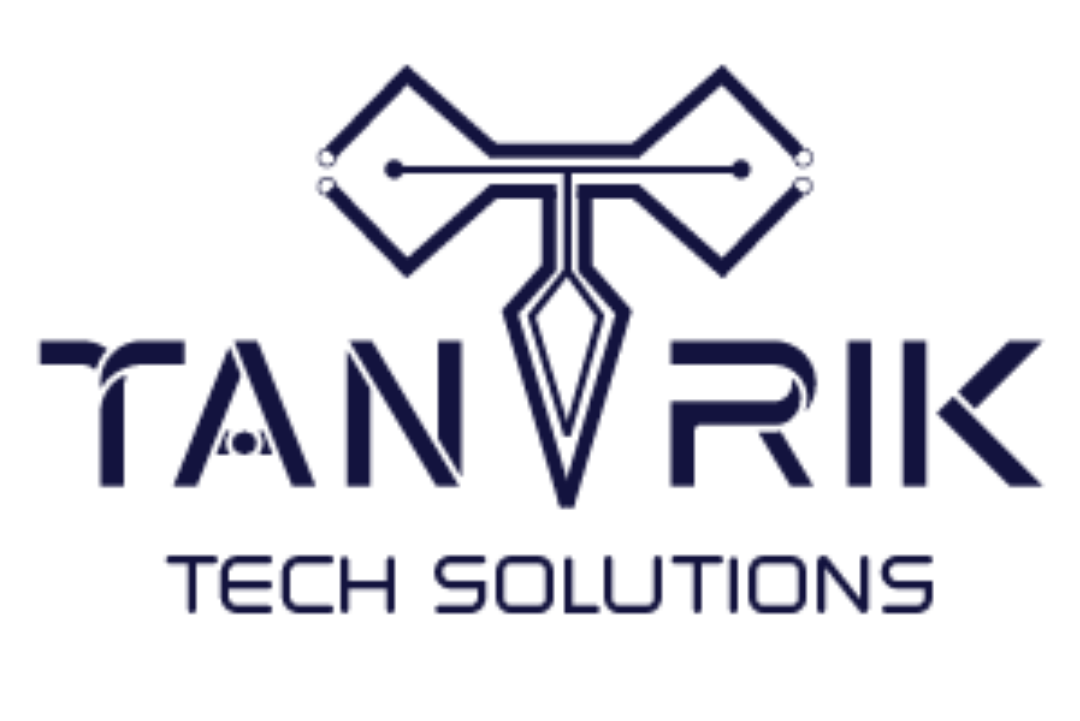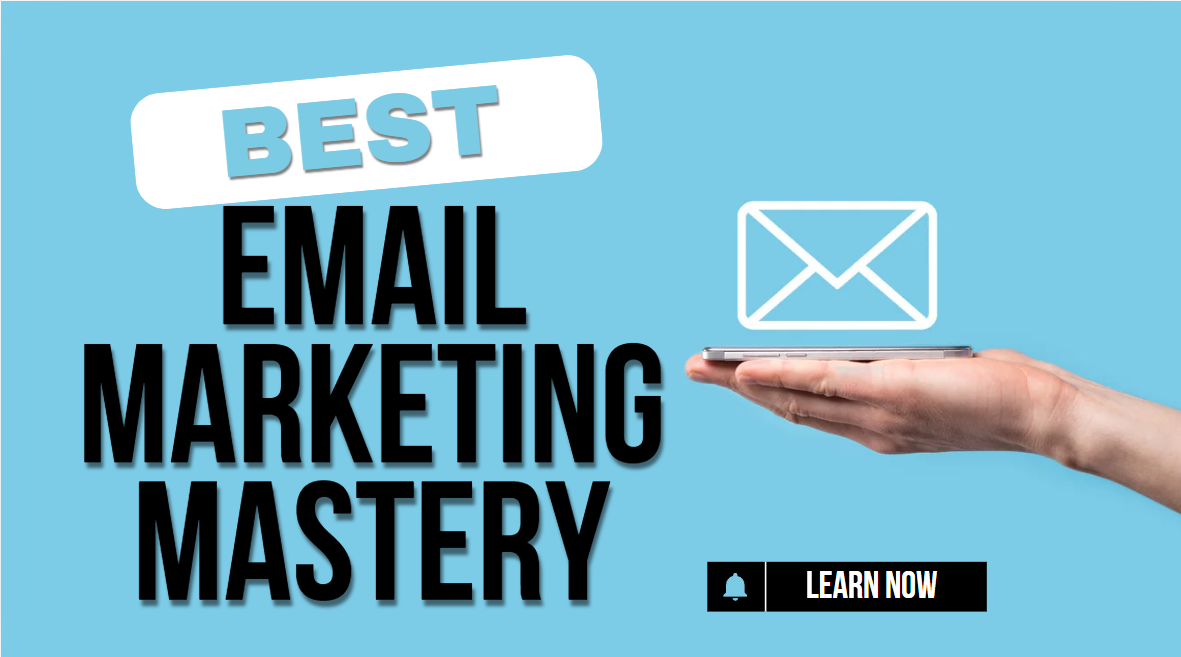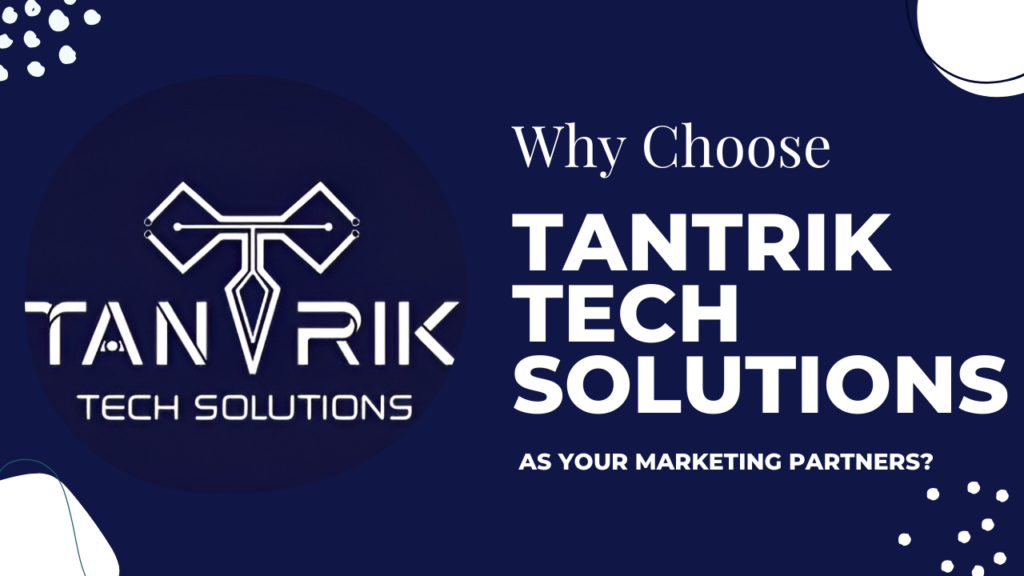Introduction
Email marketing is a powerful tool for business growth, providing direct access to your customers’ inboxes. With an effective strategy, you can grow your email list, engage subscribers, and build long-lasting relationships that lead to higher conversions. Unlike other marketing channels, email marketing consistently delivers a high return on investment (ROI), generating $42 for every $1 spent. It’s a proven way to connect with your audience and maximize engagement over time.
Why Email Marketing is Essential for Business Growth
Email marketing is one of the most direct forms of communication with your audience. By sending targeted, personalized messages, you can nurture leads, turn subscribers into customers, and retain loyal clients. Email allows you to cut through the noise of social media, where algorithms control how many people see your posts.
Key Benefits of Email Marketing:
- Direct Access to Customers: With emails, you own your audience, unlike with social media where reach is determined by algorithms.
- Higher Conversion Rates: Emails lead to more conversions compared to other channels.
- Long-Term Relationship Building: Consistent communication fosters trust and loyalty.
Unlike social media, where platform changes can affect visibility, email marketing gives you complete control over your list, making it an essential asset for long-term business growth.
Proven Strategies to Grow Your Email List
Offer Valuable Lead Magnets
Lead magnets are incentives you offer in exchange for an email signup. Whether it’s a free eBook, discount code, or trial offer, the value of the lead magnet should be clear and irresistible to your target audience.
- Examples of lead magnets:
- eBooks on industry tips
- Exclusive discounts
- Free product trials or consultations
Optimizing Signup Forms
The placement and simplicity of your signup forms can greatly impact conversions. Forms should be easy to fill out and prominently displayed on high-traffic pages such as your homepage, blog, or landing pages.
- Form placement ideas:
- Pop-ups triggered by user activity
- Sticky sidebar forms
- Dedicated landing pages
Leverage Social Proof
Using social proof like customer testimonials, reviews, or case studies near your signup form can motivate potential subscribers by showing that others have benefited from your offers.
Utilize Social Media
Promote your email list across social media channels. Use clear call-to-actions (CTAs) to encourage followers to sign up for your newsletter. You can also run social media ads with a direct link to your email signup page.
Run Contests or Giveaways
Contests and giveaways are another great way to capture emails. Offer an attractive prize and make signing up for your email list a requirement for entry.
Email Segmentation for Maximum Engagement
Why Segmenting Your List is Crucial
Email segmentation involves dividing your list into smaller groups based on certain criteria, ensuring that each recipient receives content that is relevant to their interests or behaviors. Segmented email campaigns can drive higher engagement and increase conversion rates.
Types of Segmentation:
- Demographics: Age, gender, location.
- Behavior: Purchase history, engagement with previous emails.
- Engagement Level: New subscribers vs. loyal customers.
Personalization Tactics
By segmenting your audience, you can send personalized emails—addressing subscribers by name, offering tailored recommendations, and sending exclusive deals based on their preferences. Personalization improves open rates and boosts click-through rates (CTR).
Crafting Compelling Email Campaigns
Writing Subject Lines That Get Opened
Your email’s subject line determines whether or not it will be opened. To boost open rates, your subject lines should:
- Be short and catchy.
- Create urgency or curiosity.
- Use action-oriented language.
Examples of effective subject lines include:
- “Last chance to grab your 20% discount!”
- “5 tips to boost your email engagement today.”
Email Design Best Practices
Your email design should be visually appealing and mobile-friendly, as most users check emails on mobile devices. Use clear headings, concise copy, and engaging visuals to hold the reader’s attention.
- Mobile Optimization: Ensure all emails are responsive to screen size, with buttons that are easy to tap.
- Use images wisely: Include high-quality images, but compress them to avoid slowing down load times. Don’t forget to add alt text to images for better accessibility and SEO.
Content That Converts
Your email content should be focused on driving action. Use a combination of:
- Educational content: Share tips or guides to build trust.
- Exclusive offers: Reward your subscribers with special deals.
- Product recommendations: Curated based on past purchase behavior.
Call to Action Optimization
Each email should have a clear, prominent call to action (CTA), whether it’s “Shop Now,” “Learn More,” or “Download the Guide.” Make sure your CTA stands out and drives the desired action.
Automation and Drip Campaigns for Nurturing Leads
Introduction to Email Automation
Email automation allows you to send targeted emails automatically based on user behavior. This not only saves time but also ensures you’re communicating with subscribers at the right moments.
Welcome Series
A welcome series is an automated sequence sent to new subscribers, introducing them to your brand and setting expectations for future emails. A strong welcome series builds trust and engagement right from the start.
Abandoned Cart Emails
If a customer leaves items in their shopping cart without completing a purchase, an abandoned cart email can remind them to finish the transaction. These emails can recover lost sales by offering incentives like free shipping or discounts.
Re-engagement Campaigns
For subscribers who have stopped engaging with your emails, a re-engagement campaign can help win them back. Offer an exclusive deal or ask for their feedback to re-engage them and keep your list active.
Analyzing and Improving Email Performance
Email Metrics to Track
To understand how your emails are performing, track these key metrics:
- Open Rate: Measures the percentage of subscribers who opened your email.
- Click-through Rate (CTR): Tracks the percentage of recipients who clicked on a link in the email.
- Conversion Rate: Measures the percentage of recipients who completed the desired action (e.g., making a purchase).
- Bounce Rate: Tracks emails that were not delivered due to invalid addresses.
A/B Testing
A/B testing involves experimenting with different elements of your email campaigns (e.g., subject lines, content, or design) to see which version performs better. Over time, A/B testing helps refine your approach and improve engagement.
Refining Your Strategy Based on Data
Regularly analyze your email performance and use these insights to make data-driven decisions. By continuously tweaking your strategy, you can enhance email performance and drive better results for your business.
Conclusion
Email marketing is a critical tool for growing your list and maximizing customer engagement. By implementing proven strategies like segmentation, automation, and data analysis, you can build meaningful connections with your audience and achieve sustained business growth.




